“In the competitive world of look-alike products, a distinctive company logotype is one, if not the, principal means of distinguishing the maker of one product from that of another. The value of a logotype, which is a company’s signature, cannot be overestimated.” — Paul Rand, Use of the Logo / Abuse of the Logo: The IBM Logo, Its Use in Company Identification
Paul Rand would know. As designer of some of the most recognizable logos of the 20th century, he knew the value of a strong, identifiable, and versatile logotype in company identification before anyone had ever uttered the term “branding.”
As one of the foremost practitioners of Swiss Style of graphic design in the U.S., Rand’s logo solutions possessed an elegant simplicity in keeping with the style’s principals (see examples of his stellar body of work below). He knew that a good logo should be instantly recognizable at any size, in any application, in black or white, as well as in its chosen colors. He demanded respect for the logo. He knew that, of all the elements in a company’s identity, the logo must be fiercely defended against changes in color, scale, contrast, and other unauthorized mutilations and manipulations.
Today, the do’s and dont’s of logo usage can be found in a company’s brand guidelines, a necessary component to a company’s identity materials which ensure the logo’s—and brand’s—integrity in the hands of those who may be unfamiliar with it. Every contact you have with the customer reflects on your company, so it is important to maintain consistency in your branding and marketing efforts.
So respect the logo. And if you don’t have brand guidelines, get some. AOR will be glad to help.
See our recent work here. And don’t hesitate to reach out.
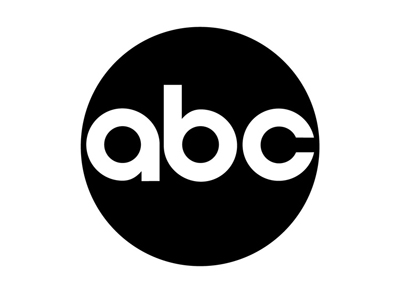
ABC Logo – 1962
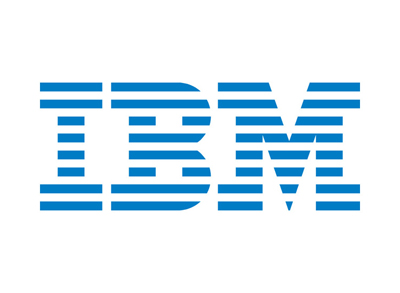
IBM – 1972
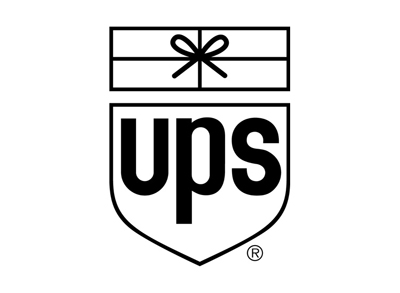
UPS – 1961

Westinghouse – 1960
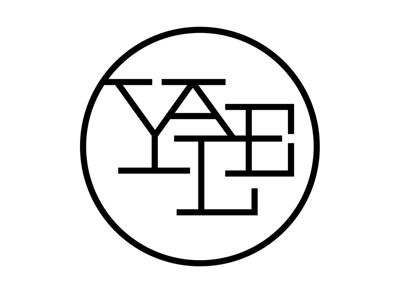
Yale University Press – 1985
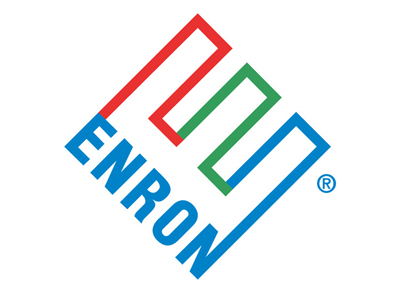
Enron – 1996 (undoubtedly Rand’s most infamous logo)